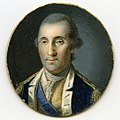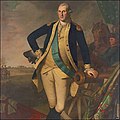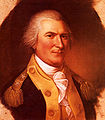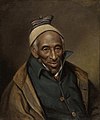Career
Four years after his father's death in 1750, Peale, at age 13, became an apprentice to saddle maker Nathan Waters. When he reached maturity, Peale opened his own saddle shop.
In 1764, Peale joined Sons of Liberty, an organization of the Thirteen Colonies that proved influential in organizing and paving the way for the American Revolution. He proved unsuccessful in saddle making as a career and then tried fixing clocks and working with metals, but both of these endeavors also failed. He then took up painting.
Finding that he had a talent for painting, especially portraiture, Peale studied for a time under John Hesselius and John Singleton Copley. John Beale Bordley and friends eventually raised enough money for him to travel to England to take instruction from Benjamin West. Peale studied with West for three years beginning in 1767, afterward returning to North America and settling in Annapolis, Maryland. There, he taught painting to his younger brother, James Peale, who in time also became a noted artist.
American Revolution
In 1775, Peale's enthusiasm for the American Revolution and the new national government led him to move from Maryland to Philadelphia, then the national capital, where he began painting portraits of notable Americans and visitors from overseas. His estate, now located at La Salle University in Philadelphia, is now open to the public. Peale also recruited troops for the Pennsylvania militia, which ultimately joined with other militias to create the Continental Army, commanded by George Washington. In the Pennsylvania militia, Peale rose to the rank of captain by 1776, after participating in several battles. While in combat, he painted miniature portraits of various officers in the Continental Army. He produced enlarged versions of these in later years. After the Revolutionary War, he served in the Pennsylvania state assembly for a year, from 1779 to 1780, and then returned to painting full-time in Philadelphia.
Peale was a prolific artist. He completed portraits of scores of historic figures, including Benjamin Franklin, John Hancock, Thomas Jefferson, Alexander Hamilton, James Mitchell Varnum, and George Washington. In 1771, Washington sat for a portrait with Peale, and he later sat for six additional sittings. Using the seven portraits he painted of Washington, Peale produced close to 60 portraits of Washington. In January 2005, one of them, Peale's Washington at Princeton sold for $21.3 million (~$31.9 million in 2023), setting a record for the highest price paid for a North American portrait.
In 1794, Peale designed the first state seal of Maryland.
One of his most celebrated paintings is The Staircase Group (1795), a double portrait of his sons Raphaelle and Titian, is painted in the trompe-l'œil style and appears today in the Philadelphia Museum of Art. This painting is said to have fooled even George Washington.
Philadelphia Museum
Peale had a great interest in natural history, and organized the first U.S. scientific expedition in 1801. These two major interests combined in his founding of the Philadelphia Museum in 1784. It housed a diverse collection of botanical, biological, and archaeological specimens. In 1786, Peale was elected to the American Philosophical Society.
The museum contained a large variety of birds which Peale himself acquired, and in many instances mounted, having taught himself taxidermy. In 1792, Peale initiated a correspondence with Thomas Hall, of the Finsbury Museum, City Road, Finsbury, London proposing to purchase British stuffed items for his museum. Eventually, an exchange system was established between the two, whereby Peale sent American birds to Hall in exchange for an equal number of British birds. This arrangement continued until the end of the century. The Peale Museum was the first to display a mastodon skeleton (which in Peale's time were referred to as mammoth bones; these common names were amended by Georges Cuvier in 1800, and his proposed usage is that employed today) that Peale found in New York. Peale worked with his son to mount the skeleton for display.
The display of the mammoth bones entered Peale into a long-standing debate between Thomas Jefferson and Comte de Buffon. Buffon argued that Europe was superior to the Americas biologically, which was illustrated through the size of animals found there. Jefferson referenced the existence of these "mammoths" (which he believed still roamed northern regions of the continent) as evidence for a greater biodiversity in North America. Peale's display of these bones drew attention from Europe, as did his method of re-assembling large skeletal specimens in three dimensions.
The museum was among the first to adopt Linnaean taxonomy. This system drew a stark contrast between Peale's museum and his competitors who presented their artifacts as mysterious oddities of the natural world.
The museum underwent several moves during its existence. At various times it was located in several prominent buildings, including Independence Hall and the original home of the American Philosophical Society.
The museum eventually failed, in large part because Peale was unsuccessful at obtaining government funding. After his death, the museum was sold to, and split up by, showmen P. T. Barnum and Moses Kimball.
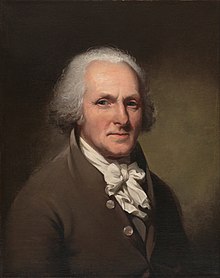
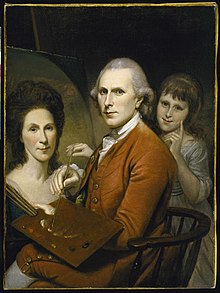
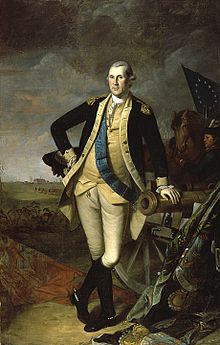
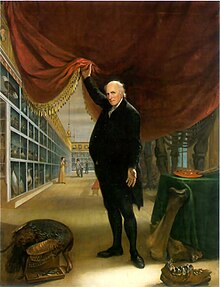
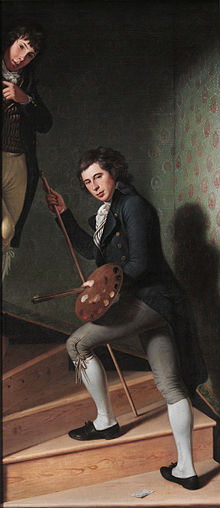
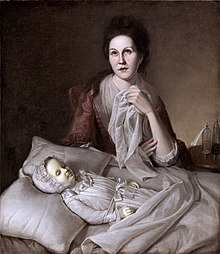
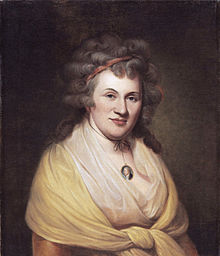
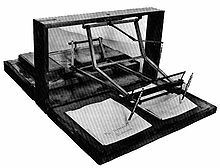
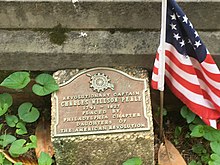
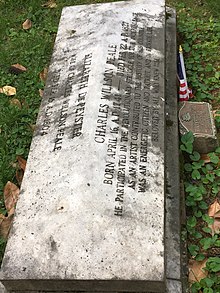
![Mrs. Mary [White] Morris (1763)](uploads/commons/thumb/c/cf/morris-2c-mrs-robert-283-4-length-29-nara-532937-jpg/89px-morris-2c-mrs-robert-283-4-length-29-nara-532937.jpg)






